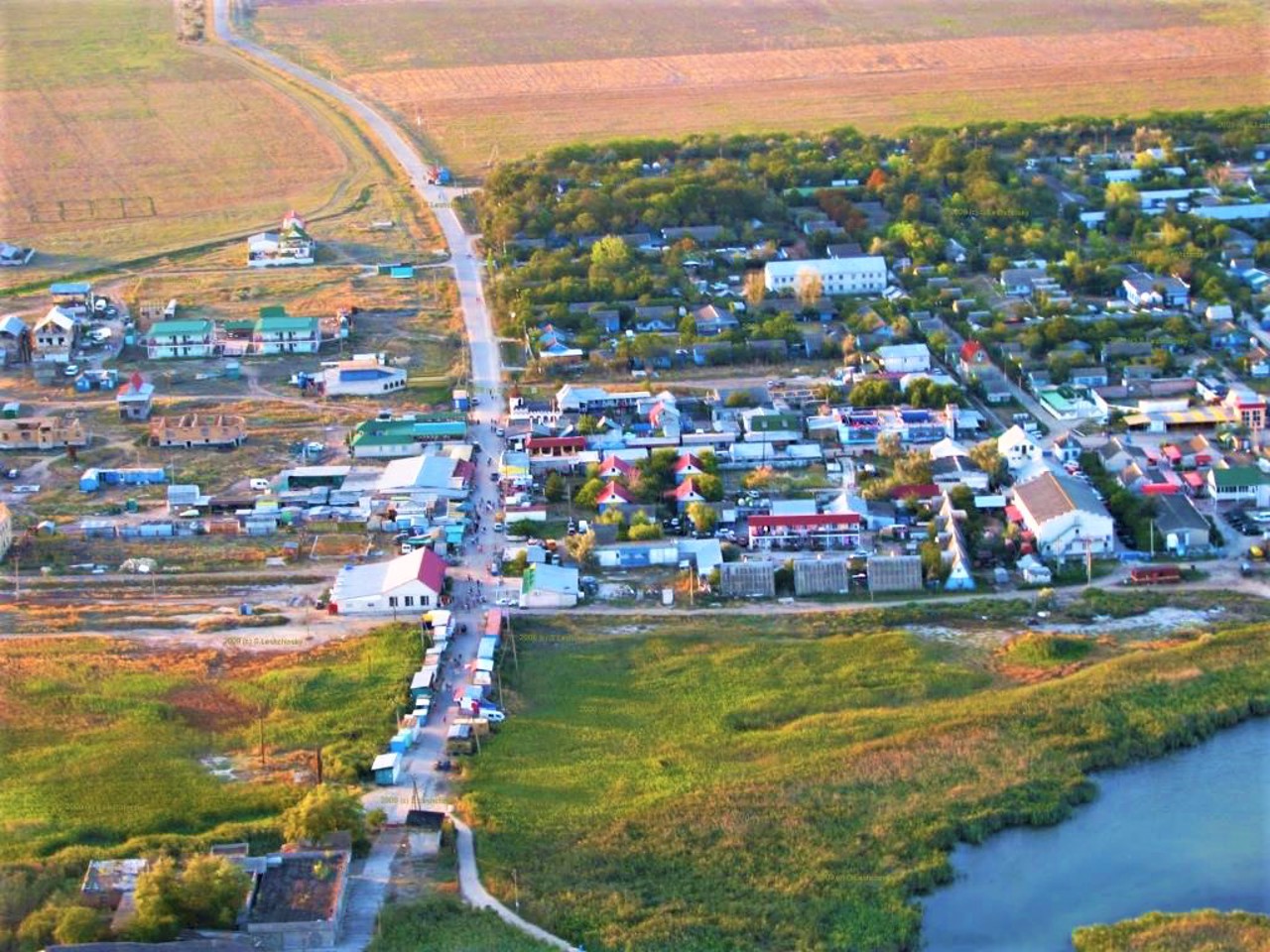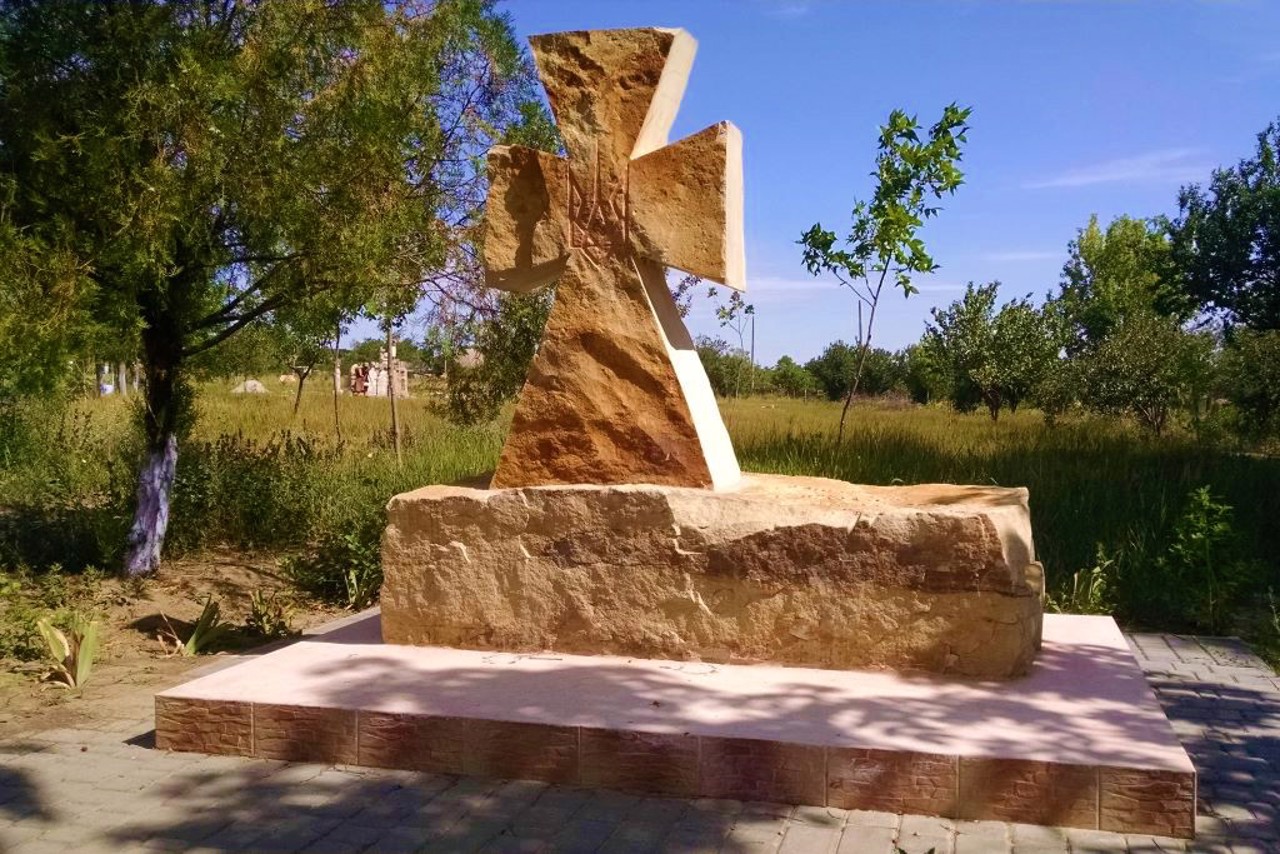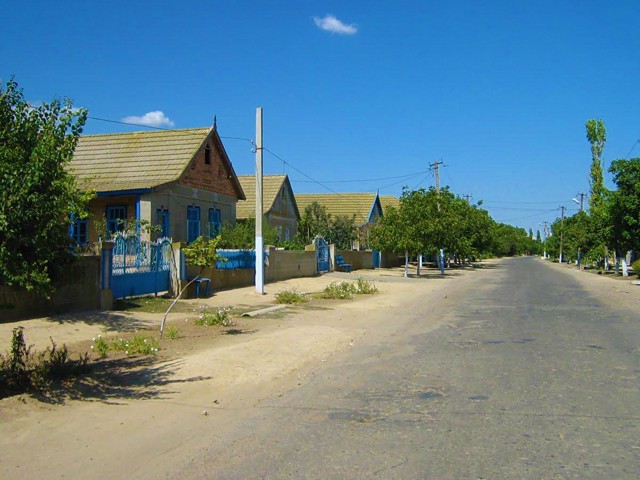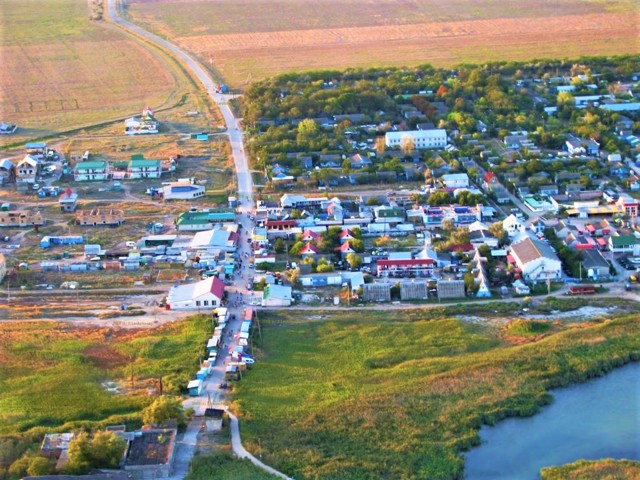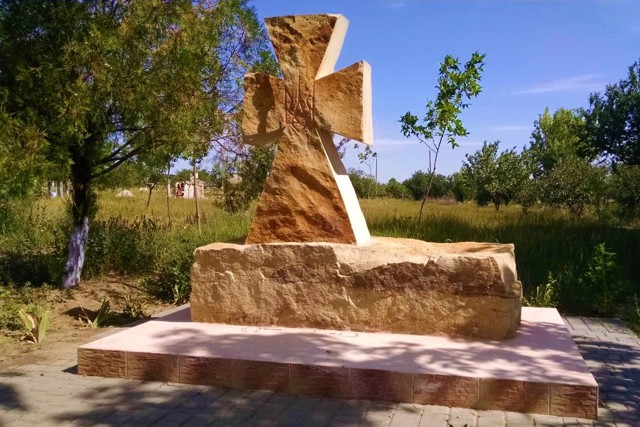Functional temporarily unavailable
Tatarbunary
Travel guide online Tatarbunary
General information about Tatarbunary
The city of Tatarbunary is located near the confluence of the Kohylnyk (Kunduk) river with Lake Sasyk, on the international highway E87 (M-15) Odesa-Reni.
Probably, there was an ancient Polovtsian or Genoese fortification at this place. The name means "Tatar spring". The settlement received it in the 16th century, when it was captured by the Crimean Tatars.
In 1646, Kenan Pasha rebuilt a new fortress, which was taken by Russian troops under the command of Colonel Denisov in 1770. Later, the fortress was dismantled for building materials.
In 1821, Oleksandr Pushkin stayed here during his trip through Bessarabia, as evidenced by the memorial plaque on the house where the writer rested.
In 1924, the famous Tatarbunary Uprising took place - an unsuccessful ...
The city of Tatarbunary is located near the confluence of the Kohylnyk (Kunduk) river with Lake Sasyk, on the international highway E87 (M-15) Odesa-Reni.
Probably, there was an ancient Polovtsian or Genoese fortification at this place. The name means "Tatar spring". The settlement received it in the 16th century, when it was captured by the Crimean Tatars.
In 1646, Kenan Pasha rebuilt a new fortress, which was taken by Russian troops under the command of Colonel Denisov in 1770. Later, the fortress was dismantled for building materials.
In 1821, Oleksandr Pushkin stayed here during his trip through Bessarabia, as evidenced by the memorial plaque on the house where the writer rested.
In 1924, the famous Tatarbunary Uprising took place - an unsuccessful peasant revolt in Southern Bessarabia led by the Bolshevik Party against the Romanian authorities. During Soviet times, a monument to the Tatarbunary Uprising was erected.
Місто Татарбунари розташоване біля впадання річки Когильник (Кундук) до озера Сасик, на міжнародній трасі Е87 (М-15) Одеса-Рені.
Ймовірно, на цьому місці було давнє половецьке чи генуезьке укріплення. Назва означає "татарське джерело". Поселення отримало його у XVI столітті, коли його захопили кримські татари.
У 1646 році Кенан-паша відбудував нову фортецю, яку було взято російськими військами під командуванням полковника Денисова в 1770 році. Згодом фортецю розібрали на будматеріали.
У 1821 році тут зупинявся Олександр Пушкін під час поїздки Бесарабією, про що свідчить меморіальна табличка на будинку, в якому відпочивав письменник.
У 1924 році відбулося знамените Татарбунарське повстання - невдалий селянський бунт у Південній Бессарабії під керівництво ...
Місто Татарбунари розташоване біля впадання річки Когильник (Кундук) до озера Сасик, на міжнародній трасі Е87 (М-15) Одеса-Рені.
Ймовірно, на цьому місці було давнє половецьке чи генуезьке укріплення. Назва означає "татарське джерело". Поселення отримало його у XVI столітті, коли його захопили кримські татари.
У 1646 році Кенан-паша відбудував нову фортецю, яку було взято російськими військами під командуванням полковника Денисова в 1770 році. Згодом фортецю розібрали на будматеріали.
У 1821 році тут зупинявся Олександр Пушкін під час поїздки Бесарабією, про що свідчить меморіальна табличка на будинку, в якому відпочивав письменник.
У 1924 році відбулося знамените Татарбунарське повстання - невдалий селянський бунт у Південній Бессарабії під керівництвом більшовицької партії проти румунської влади. За радянських часів встановлено пам'ятник Татарбунарському повстанню.
Сплануй своє перебування у Tatarbunary
What to see and where to go in Tatarbunary
Tourist attractions and museums of Tatarbunary
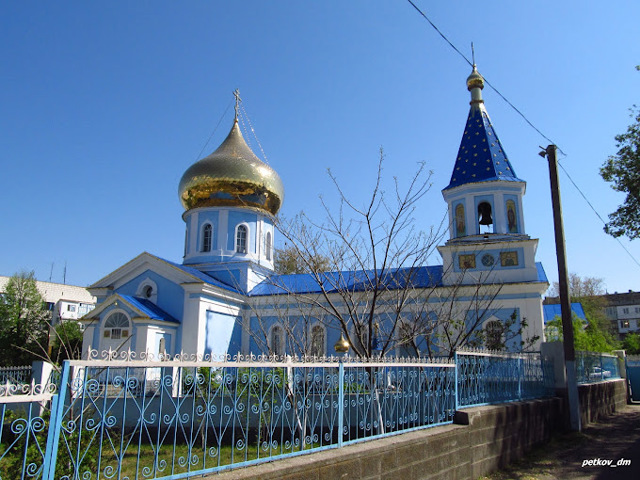
Holy Assumption Church
Temple , Architecture
The Church of the Assumption of the Blessed Virgin Mary was built in Tatarbunary in 1877 on the site of a small wooden church founded in 1814.
The one-seat Holy Assumption Church has the shape of a cross. This is one of the few churches in Bessarabiya that was never closed even during the height of Soviet atheism.
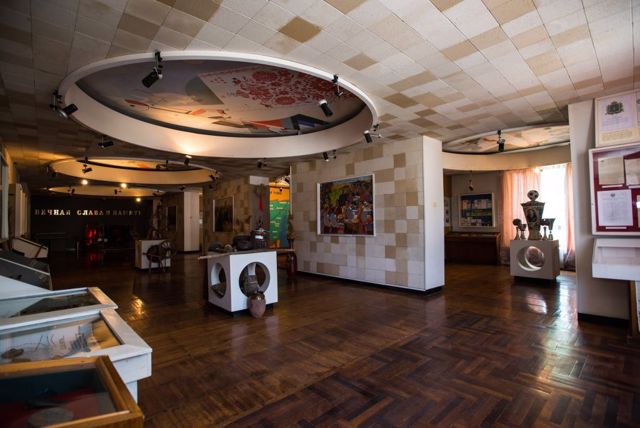
Tatarbunary History and Local Lore Museum
Museum / gallery
The Tatarbunary Museum of History and Local Lore was established in 1949 as a museum of the Tatarbunary Uprising, an armed peasant uprising in Tatarbunary organized by the Bolsheviks in 1924 against Romanian rule.
Today the museum has 8 halls and an art gallery. The history of the settlement of the region by numerous peoples is presented, starting with the Cimmerians, Scythians, Polovtsians, Tatars, Turks and ending with the Transdanubian Cossacks.
The main themes of the exposition: ethnography, Tatarbunary uprising, the period of the Second World War, the epoch of collective farms, sports glory of Tatarbunary region, creativity of Tatarbunary artists and poets (in particular works of Odessa artist Viktor Sharapenko).
The museum is located on the second floor of the Palace of Sports.

Tuzlivsky Lymany National Nature Park
Reserve
The Tuzlivsky Lymany National Nature Park (Tuzlivsky Estuaries) was established in 2010 with the aim of preserving valuable natural, historical and cultural complexes and sites of the Northern Black Sea Region.
The nature reserve of the park is located in the Bilhorod-Dnistrovskyi district of the Odesa region in the basin of the Tuzlivska group of estuaries. It covers an area of 27,865 hectares, on which there are 13 sea estuaries, 44 kilometers of sea coast and 1 million migratory birds.
The territory of the Tuzlivsky Lymany National Nature Park is characterized by diverse floodplain landscapes, specific flora and fauna. Species of plants and animals listed in the Red Book of Ukraine, the Red Book of the Black Sea, the Red List of the Odesa region and the European Red List grow here. In the park you can see almost 300 species of birds, about 60 species of fish live in local reservoirs, 37 species of mammals are represented.
For some birds, the Tuzlivsky Lymany are a kind of "transit station" on the way to Asia and Africa, some nest and winter directly in the estuaries. This is one of the best places for birdwatching, recreation on the Black Sea coast, and treatment with mud from the estuaries.
The territory of the Tuzlivsky Lymany park is part of the controlled border area. In the summer of 2022, the park suffered from fires due to shelling by the Russian military during the full-scale Russian invasion of Ukraine. Before the deoccupation of Zmiyiniy Island by Ukrainian defenders in early July 2022, the sea carried the bodies of dead dolphins to the coastal zone of the park. Ivan Rusev, head of the research department of the Tuzlivsky Lymany National Nature Park, estimates that the Russians have killed over 50,000 dolphins. Small mammals, birds of the park, and migratory birds are suffering from Russian aggression.
Tatarbunary on photo and video
Reviews Tatarbunary
Geographical information about Tatarbunary
| {{itemKey}} | {{itemValue}} |
|---|---|
| Region |
Odesa |

